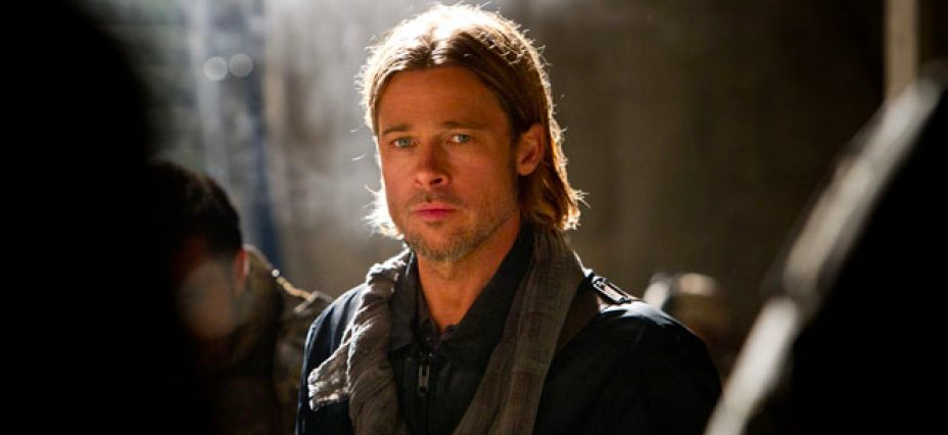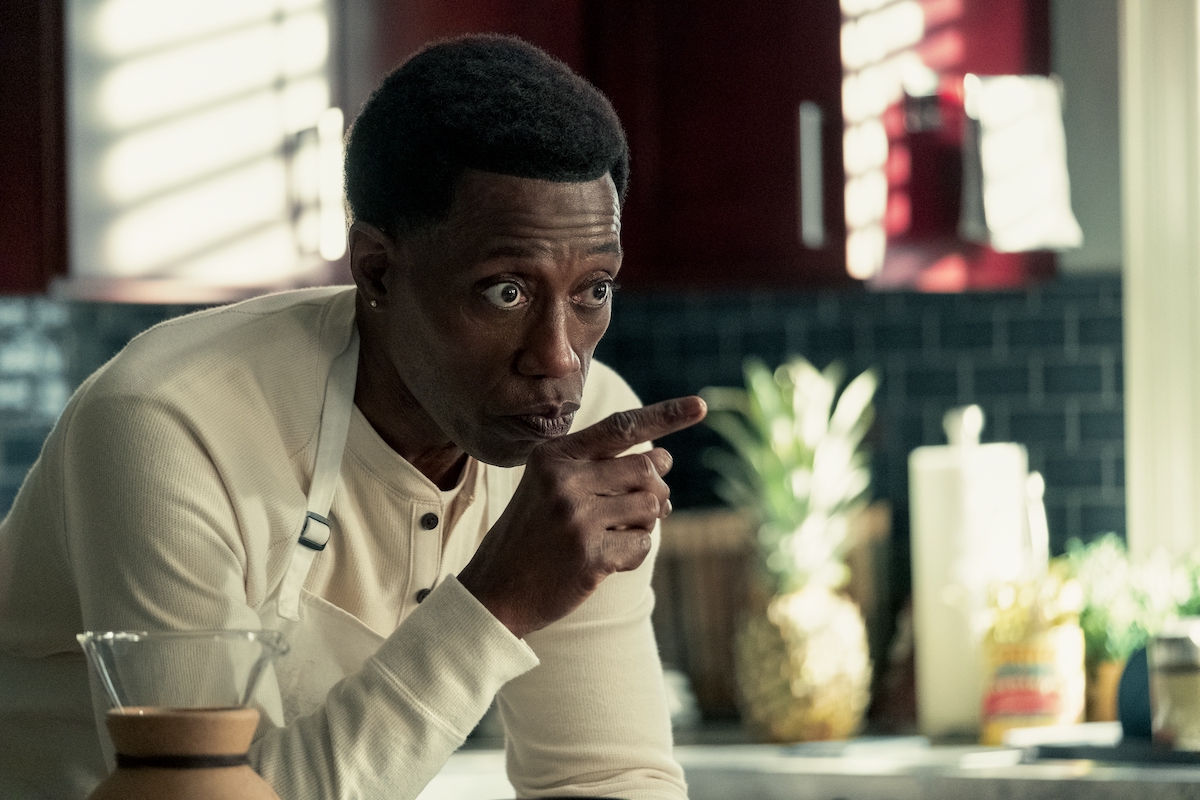
#Art of war 2 movie plot movie#
One member had been a famous magician in peacetime Ayrton was a former painter and Barkas was a movie writer, producer and director who had won an Oscar for a documentary film in 1936.Īfter brief introductions, the men were informed of the top-secret plan for the second Battle of Alamein. The Directorate was a very unusual collective: most of the men under Barkas and Ayrton's command were not hardened soldiers, but ex-artists, stage designers and cartoonists who had been recruited for their skills in visual trickery. Geoffrey Barkas and Tony Ayrton were leaders of the Middle East Command Camouflage Directorate, a unit dedicated to deception operations and the concealment of men and military hardware. On 16 September, two British officers were summoned to a high-level meeting at Borg-el-Arab in Egypt. In 1942, in the dusty furnace of the North African desert, Allied forces were fighting a losing battle against the Axis. However, the new generation of artists would outmatch their forebears in scale and sheer wizardry.

The concealment strategies of Solomon, Underwood, Wilkinson and Wadsworth would prove crucial inspiration for the deception operations against the Nazis in World War Two. The sculptor and painter Leon Underwood – who had studied at the Royal College of Art before the war – helped in the design and (highly dangerous) assembly of these trees. His development of camouflage netting as a method of covering trenches became hugely influential, and he worked on many other deception schemes including an "observation tree" – a hollow replica tree trunk placed in no mans' land, from which a forward observer could survey the enemy trenches. In the Great War, Solomon eagerly joined the race for effective military concealment tactics and was posted to the Western front.

One of the most important British artist-camoufleurs of World War One was Solomon J Solomon – a member of the Royal Academy who had studied under the famous French academic painter Alexandre Cabanel. For the first time, artistic skills became weaponised. In the new age of aerial surveillance, camouflaging troops was a critical necessity, and with their insights about light, shade and perspective, painters and sculptors had just the talents for the job. But from World War One onwards, armies realised the benefit of artists' knowledge of visual illusionism. In time of war, artists traditionally had a minor part to play. For the first time, they reframed the combat zone as an arena of creative strategy, making a literal "theatre" of war. The role that artists, art historians, archaeologists and other arts professionals played in the century's conflicts is yet to be fully told.īut the story of two military units from World War Two and their inspiration from artists working in World War One gives us a glimpse of how artists could become key players in warfare in the modern world.
#Art of war 2 movie plot professional#
In the 20th Century, the epoch of "total war", everyone had to play their part: men and women professional soldiers and civilians people from all walks of life.

How the children of Nazi Germany remember WW2 But what if artists, like the codebreakers of Bletchley Park, have been among the unsung heroes in the war effort – and crucial participants at the business end of conflict? When we think about artists working in wartime, we tend to imagine official war artists or the creators of propaganda.


 0 kommentar(er)
0 kommentar(er)
